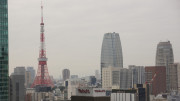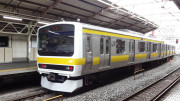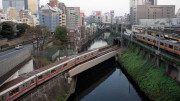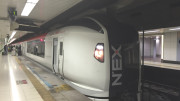The Keihin–Tōhoku Line runs parallel to the Yamanote Line through central Tokyo but extends further, continuing south to Yokohama and beyond, and north to Saitama City. While it may not be the fastest route to Yokohama, it offers several excellent sightseeing opportunities along the way.
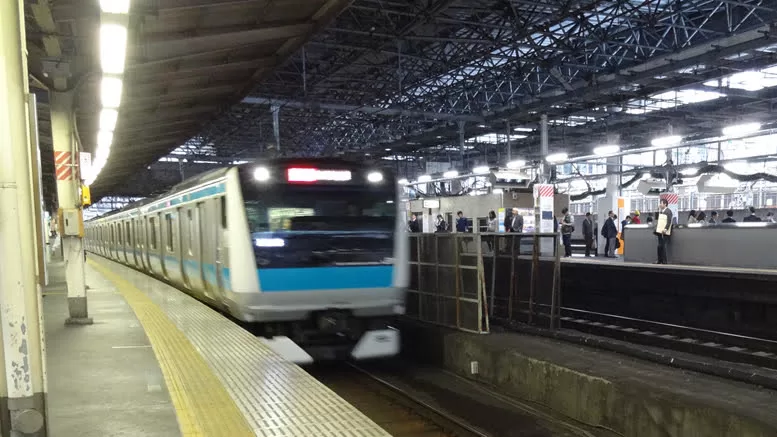
Starting from Ueno in central Tokyo, you can explore Ueno Park or the bustling Ameyoko Markets, both located near the station. The next stop south is Okachimachi, which sits at the southern end of the markets. Akihabara follows—Tokyo’s iconic electronics district, packed with cameras, computers, and just about every gadget imaginable.
Next is Kanda, then Tokyo Station, which is the gateway to the Shinkansen network and close to the Imperial Palace. From there, the train stops at Yurakucho, within easy walking distance of the glitzy Ginza shopping precinct. For those wanting to visit the former Tsukiji Fish Market or Shiodome Shiosite, get off at Shimbashi.
Hamamatsuchō is the next major stop and is home to the Tokyo Monorail connection to Haneda Airport, the peaceful Hamarikyu Gardens, and is also about 1 kilometre south of Tokyo Tower and Zōjō-ji Temple.
Continuing on, you’ll pass through Tamachi, then Shinagawa, which is a short walk from the historic and beautiful Sengakuji Temple. From here, there are seven more stations before reaching Yokohama, which is Japan’s second most populous city after Tokyo.
Technically, after Yokohama Station, the line becomes the Negishi Line, but nearly all services continue through without requiring a transfer. If you’re heading to Minato Mirai 21 or the Landmark Tower, stay on the train for one more stop and get off at Sakuragichō. Kannai is the next stop and home to Yokohama Stadium. One more station along brings you to Motomachi-Chūkagai, the gateway to Yokohama Chinatown and the stylish Motomachi shopping precinct.
Also on Happy Jappy
JR Yamanote Line
JR Chuo Line
Ginza Metro Line
Getting around Tokyo
More local Train and Subway info
JR Shinkansen bullet train
Japan Rail Pass

